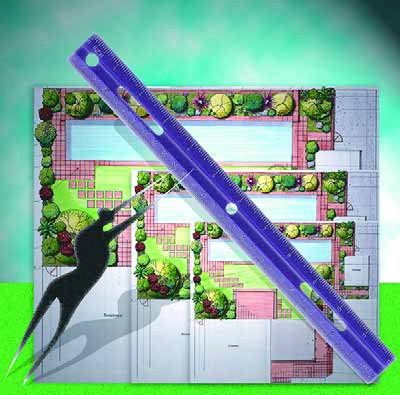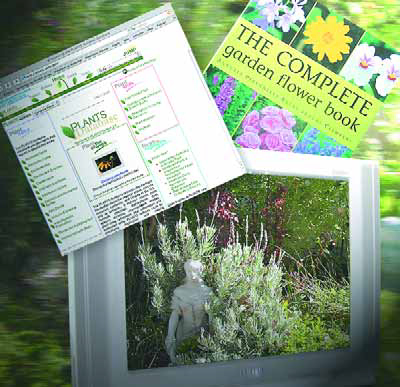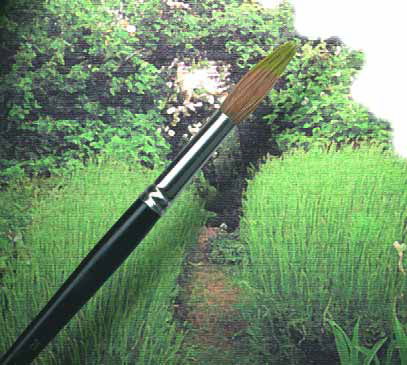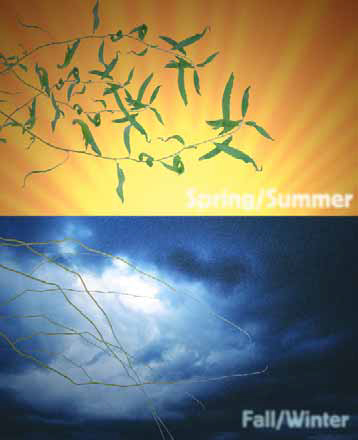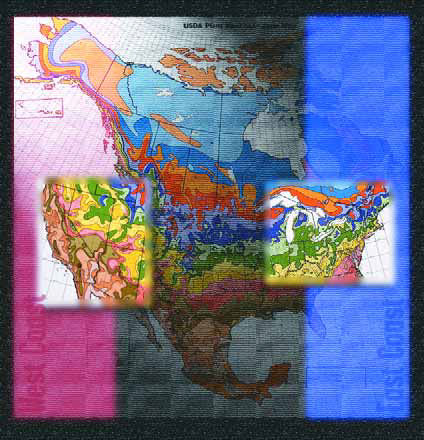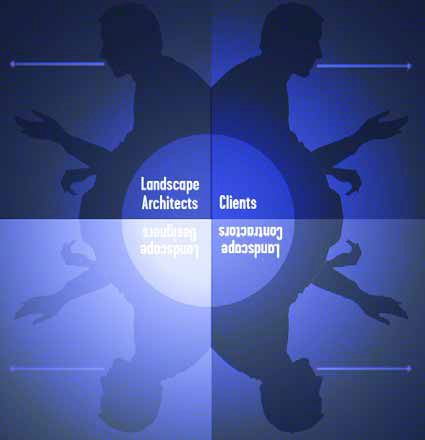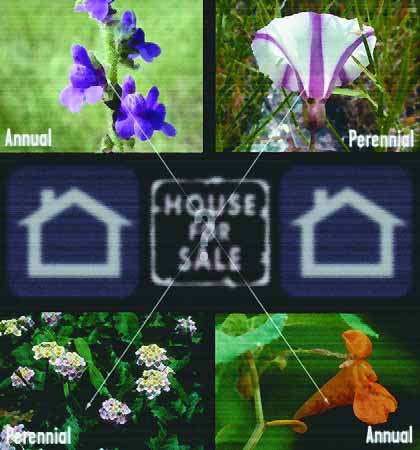Natural Companions
Most of us are in business to earn a living, which is probably why so many of us think of the high-end market as the place to be. In general, of course, the bigger the job, the larger the paycheck will be. But when I look more closely at the work I've done through my career, I believe we might be overlooking valuable opportunities for personal and professional growth by being so single-minded in pursuing grand, big-ticket jobs. When I started my business 15 years ago, I was happy to find work on small borders in small spaces. Since then, I'm proud of the fact that I have worked my way up to designing for multiple-acre estates. To be sure, I much prefer having a few large jobs to a bunch of smaller ones, but
I was all set to write a column about the virtues of small jobs compared to big jobs, but I've had an experience that leads me to share something more important with you this time. Most of us have had these moments in our lives in which we are suddenly jarred into evaluating our existence for one reason or another - episodes that give us reason to pause and reflect on who we are and what we're doing and why we're doing it. As I write this, I'm dealing with an illness in my family that has quite literally knocked the legs out from under me. As I've spent time these past few days talking with friends and relatives, I've found myself quite often laying on the living-room couch and staring out the window into my backyard - and finding
With a busy schedule, it's too easy to use the same tools repeatedly in project designs. Yes, you can mitigate the repetition to a certain extent by using those tools differently each time, but the fact remains that many of us tend to design over and over again with the same plants, hardscape materials and structural approaches because it's what we know and trust. But let's face it: Most clients don't want exactly what someone else has; instead, they want one element from this garden and a special plant from that one. From a design perspective, selecting new plants every time is
I've never been big on trade shows and conferences. For years I have resisted them in the belief that they were mostly for those who had time to attend them and craved the camaraderie and social opportunities they offered. I've always looked at the programs and have seen that there's usually been something to learn during these events, but I brushed off the possibility of attending because I always thought I could get most of what I needed by working and paying attention to books and magazines. Also, there was always the issue that, as the sole provider in a one-person operation, spending so many days away from my clients and prospects would prove
Throughout my design career, I have repeatedly expressed to clients that their gardens are dynamic, constantly changing and only to a very minimal degree under anyone's control. You can plant, water, fertilize, cultivate and prune - "and if you're lucky," I say, "you'll enjoy the fruits of your labors in the form of a visual feast." But that's only if you're lucky, I continue, because no matter what we do to nurture gardens, they are always subject to the whims of Mother Nature. From the smallest annual to the most statuesque tree, no garden is immune. Even though I've always had this talk with clients, however, I've always held the mild belief that it's possible in some ways to stay a step ahead of her by being vigilant and active. I learned the other day at first hand that she
Quite often, my clients will preface our design discussions with the statement that they want to see flowers in bloom throughout the year. They just hate it, they say, when the garden looks "bare" from December to February. In my opinion, they're just not seeing the possibilities their gardens have to offer. In fact, winter is my favorite time of the year, and it's about more than the holidays, the gift giving (and receiving!) and the chilly temperatures: Mainly, it's about my love affair with winterscapes. It may be because I'm a northeasterner somewhere deep inside, but I love the fact that colder climates, with their snow and other weather inclemencies, require those with gardens to
My daughter and I just returned from our annual trip to visit family in Connecticut and used the occasion this time to travel all over the northeast - from Boothbay Harbor, Portland and Camden in Maine to Martha's Vineyard and Nantucket and other parts of Massachusetts as well as slices of New Hampshire and Rhode Island. I'm never disappointed by the beauty I find in that part of the country. The landscapes are much lusher than they are at home in southern California, a fact that drives home the point that I spend most of my time in a desert. The old-growth trees back east are
I recently wrote a Letter to the Editor of Landscape Architecture, the magazine of the American Society of Landscape Architects, in response to an editorial he wrote on the lack of interest among landscape architects in plant knowledge. The gist of his commentary was that, for too many years now, landscape architects had been focusing on hardscape and overall design and were reserving little creativity, interest, or care for botanical adornments. My response was a supportive rant, as this has been a pet peeve of mine for years and I strongly believe that
I recently received a call from a Wall Street Journal reporter who was doing a feature on preparing a home for sale. She told me she wanted a landscape designer's perspective on how homeowners should spend their money to get the most bang for the buck and really put me on the spot in the process: Her deadline was the following morning, and I had to do some fast thinking when her call came in at 8 pm. It immediately occurred to me that I always ask homeowners whether they are landscaping for










